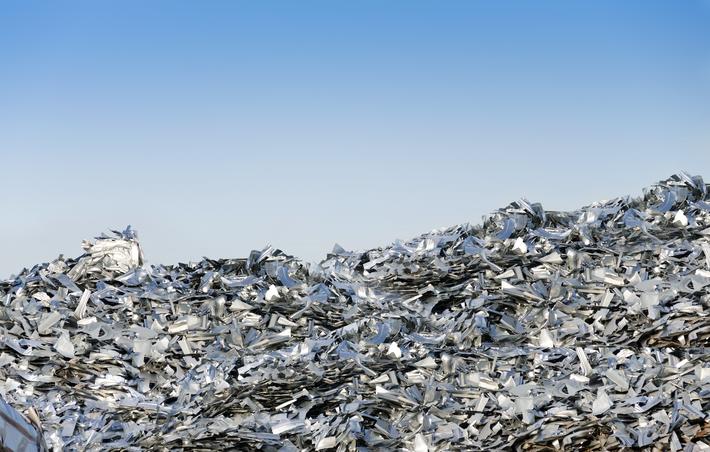
How to recycle metals, including aluminum
The separate collection, fortunately, has entered our daily lives. Until a few years ago one was surprised at the mere fact of thinking about where to throw waste: in Italian cities, almost all of them, it is no longer like that. We have become accustomed to recycling, to dealing with separate collection. And when we talk about it, we cannot fail to consider the impact of plastic, but also of metals. How to recycle metals is a question we ask ourselves every time an everyday object happens to us, and there are many: we think of all the jars and cans. But how to recycle metals is not just a domestic thought: metal is widely used in construction and industry, and also on workplaces, where the quantities are huge, it is necessary to think about how to recycle better and organize yourself to do it .
The Italian avant-garde in metal recycling
Italy is at the forefront in the recycling of metals and alloys. The results are excellent in many sectors, among which aluminum stands out. In fact, the Cial (Consortium for aluminum packaging) estimates that 70% of the raw materials introduced on the market are recycled to take on new forms according to the industrial sector of destination.
What are the most recycled and recyclable metals?
Excluding precious metals such as gold, silver and platinum, the most commonly recycled metals are iron, steel, copper, nickel, brass and aluminum. The latter in particular guarantees 100% recyclability, infinite times: it is in fact a metal with a thousand lives. Aluminum is easily recyclable by casting and has a yield of 100% and with the use of only 5% of the electricity needed for the production of the primary one.
How to best recycle metals
How to best recycle metals? By dividing them carefully, first of all. In our own small way we can take care of the separate collection, whose meaning we must never forget: to collect, therefore not to disperse in the environment, and to differentiate, that is to separate the various materials according to the indications of the individual cities. It is a small effort which however makes a big difference. Because then the companies that deal with the collection and the plants that start the recycling process will have an easier life. Specifically, the separation of metal parts occurs according to two different processes: ferrous metals such as steel are separated thanks to the use of powerful magnets, while for metals such as aluminum, separation is possible thanks to the use of electronic currents.


